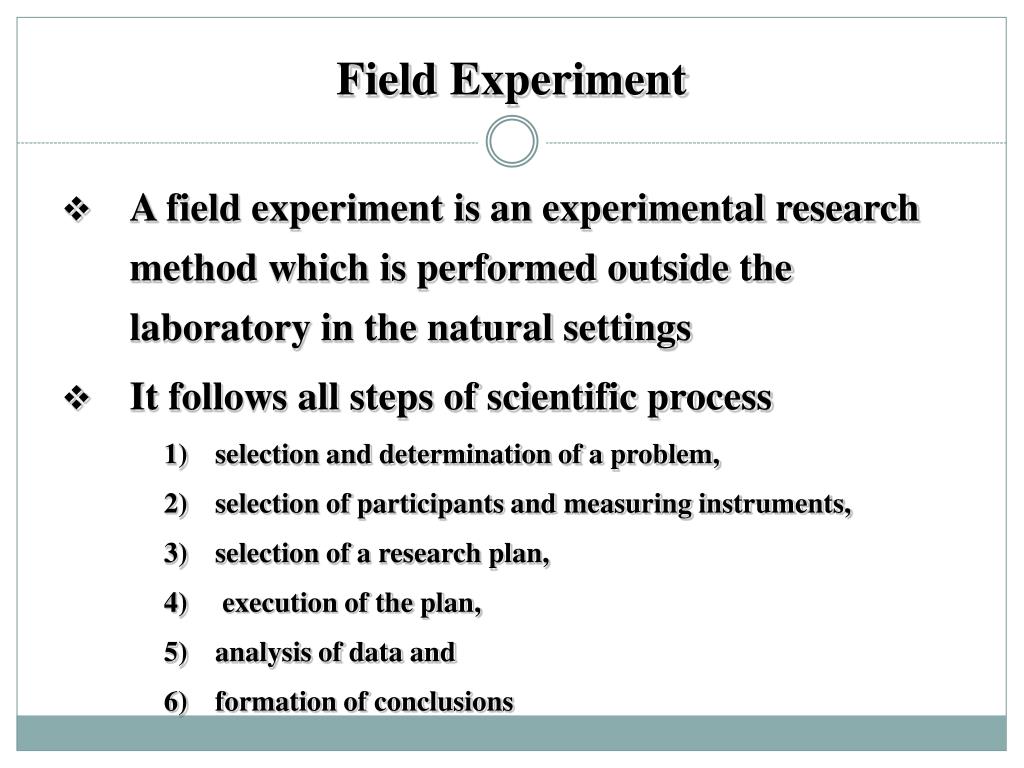

Observations Symmetrical pattern: B G B B G GG B B G B Now look at the scores: Adam 76 Mary 92 Alice 80 Ralph 64 Bill 72 Robert 60 Chuck 68 Ruth 96 Kathy 84 Tom 56 Margaret 88 Pattern Detection Exercise Now let’s try it together:

Pattern Detection Exercise We have these test scores as our results for 11 children: Ruth : 96, Robert: 60, Chuck: 68, Margaret: 88, Tom: 56, Mary: 92, Ralph: 64, Bill: 72, Alice: 80, Adam: 76, Kathy: 84. DB or statistical program (SAS, Minitab) Įxploring and Organizing What does it mean to explore and organize? Pattern Detection Why is that important? Helps find patterns an automated procedure wouldn’t.Outline Analysis How to understand your results Data Preparation Log, check, store and transform the data Exploring and Organizing Detect patterns in your data Conclusion Validity Degree to which results are valid Descriptive Statistics Distribution, tendencies & dispersion Inferential Statistics Statistical modelsĪnalysis What is “Analysis”? What do you make of this data? What are the major steps of Analysis? Data Preparation, Descriptive Statistics & Inferential Statistics How do we relate the analysis section to the research problems?ĭata Preparation Logging the data Multiple sources Procedure in place Checking the data Readable responses? Important questions answered? Complete responses? Contextual information correct? Statistical Analysis &Techniques Ali Alkhafaji & Brian Grey


 0 kommentar(er)
0 kommentar(er)
